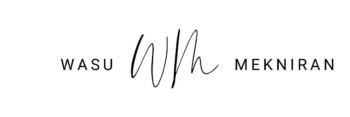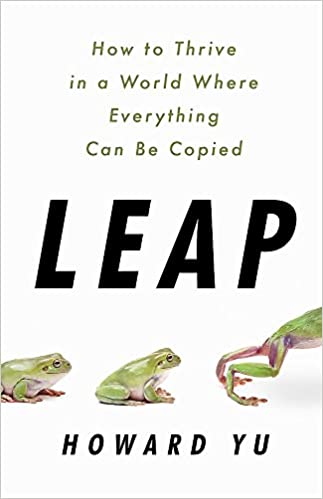Category: Corporate Strategy
(68 von 100)
Why: I am dealing in a low-barrier market and can be copied anytime.
Goal: learn how to build a sustainable competitive advantage.
Table of Contents
Action: Rediscover Your Company’s Strength.
3 Key Concepts
- Cutting edge technology won’t last, unique positioning is illusory.
- Play and experiment even when the situation is dire.
- Experience is only as good as execution.
Summary
How to rediscover your company’s strength?
I suggest using the SWOT framework. This analysis was developed to help companies define their strategies in the context of competitive business environments.
According to Meyer (2003), the SWOT analysis suggests that a sound strategy should match the firm’s
strengths(S) and weaknesses (W) to the opportunities (O) and threats (T)
encountered in the firm’s environment.
It leads to strategic insight, facts, and figures for strategic planning. Read more here.
This book talks about how to make a strategic leap and stay as a leader in the competition. Because it is proven that IP, brand, manufacturing scale, distribution networks can never withstand competition for long.
Therefore, everyone must leap!
Pioneers must move across knowledge disciplines, to leverage or create new knowledge on how a product is made or service is delivered. Absent such efforts, latecomers will always catch up.
Howard Yu

STRENGTH
What is the bottle-neck?
Why don’t we all make a constant leap then? Because like every endeavor, it required time and effort. And most executives are already overwhelmed with the ongoing demands of current business.
To prepare your company to leap at the time of need, you should adopt the following principles.
Principle 1: Understand your firm’s foundational knowledge and its trajectory
To avoid being copied to death. The executives must first reassess a firm’s core know-how and its maturity. Where the effort is being put in to protect and enhance these traits.
Principle 2: Acquire and cultivate new knowledge disciplines.
This is a topic everywhere “how fast can your company learn new technologies.”
Only by forging ahead, rather than refining what has already been, can a pioneer avoid being caught bu copycats.
Howard Yu
Principle 3: Leverage seismic shifts.
Study the history of your industry well enough that you can explain where evolution comes from and where it might go – project your understanding of history into the future. The key is to harness the potential technology. #MegaTrends
Principle 4: Experiment to gain evidence.
How do you know if you are missing out on “unknown unknowns” or not? Experiment. This is, of course, a process of making assumptions and measures to prove the point. Check out “Measure What Matters” by John Doerr to learn about OKRs setting.
Principle 5: Dive deep into execution.
Any good idea is as good as its execution. There is plenty of smart-asses that know it all and yet achieve nothing. Put your experience and knowledge into use. A company must be able to win the politics with proven knowledge.
To sum up
LEAP suggests that any advantages you have will not suffice in the long term. So the only choice we really have is to evolve constantly.
And we do that with principles: Know your company’s strength, learn new things, be eager to harness new technology, check the assumption through experiments, and take action.
Goal check: I learned how to prepare to leap and sustain a competitive advantage.
Wasu’s Review
( 3.0 / 5.0 )
Get this book on Amazon here!

